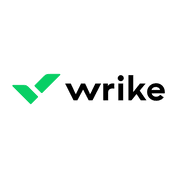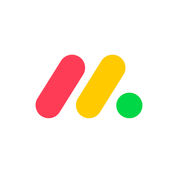nTask is a Project Management Software. nTask offers Budget Management, Issue Management, Milestone Tracking, Percent-Complete Tracking, Portfolio Management and many more functionalities.
Some top alternatives to nTask includes Quickbase , Smartsheet, ClickUp, Wrike and Height.
No, nTask doesn't provide API.
Yes, nTask provides a mobile app.
nTask is located in Irvine, California
nTask offers Free Trial, Freemium, Subscription, Quotation Based pricing models
The starting price is not disclosed by nTask. You can visit nTask pricing page to get the latest pricing.























